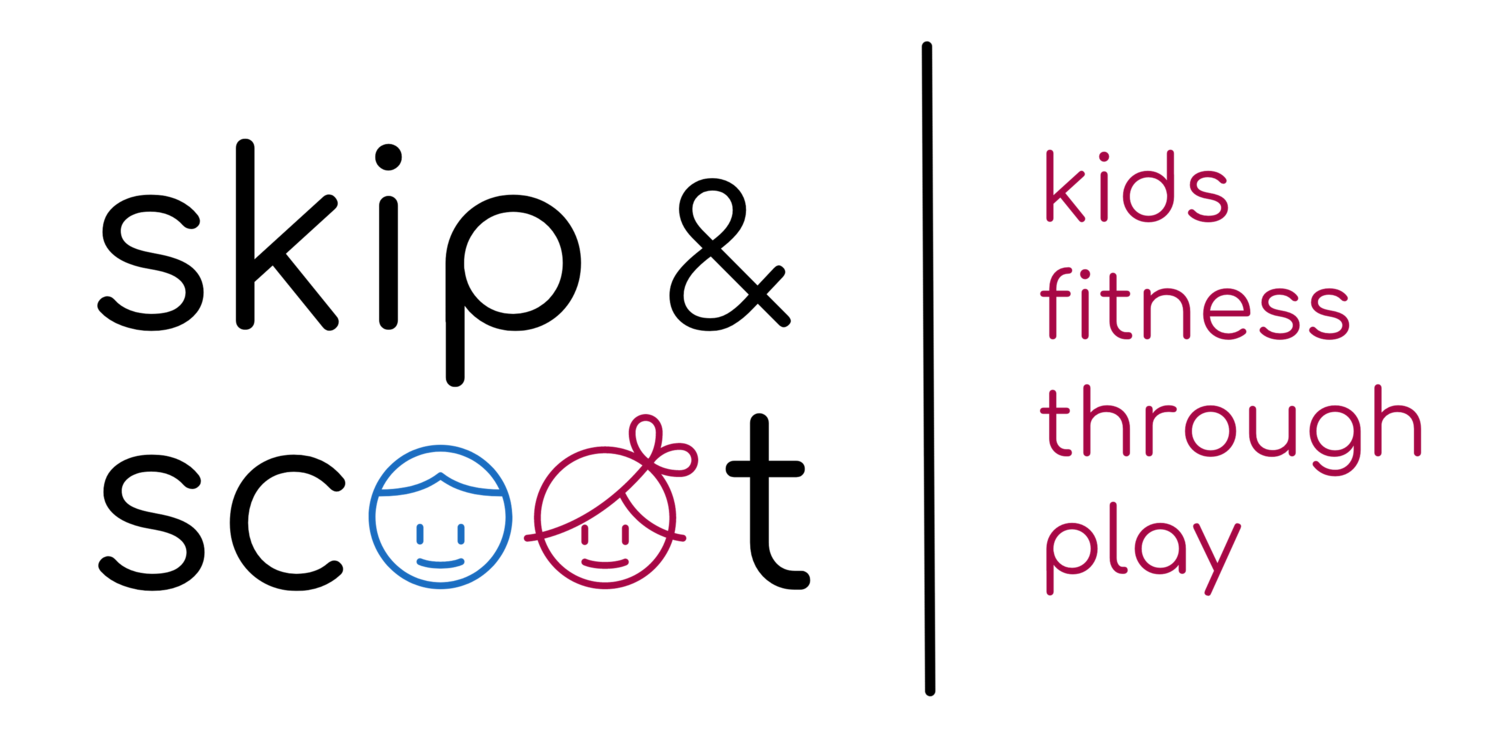by Luci Grause, Owner of Skip & Scoot
Recently, within the past 6 months, I’ve been asked numerous times to bring my professional skills, related to baby and kid’s gross motor learning and development, to someone else’s event or a class. Sounds great, right?! Upon inquiring further, it is unveiled that this is an unpaid work request. The response is something like “most professionals do this for exposure, but if you’d like to be paid, we can discuss that possibility.” When I respond that, yes, I’d like to be compensated for my contributions…crickets. So, what is going on here?
Let’s just say for the sake of argument that the company, business, and/or person asking us for free work is benefitting financially from whatever event they are hosting, as this is often the case. So, the ask is to work for nothing, while they are walking away with more engagement from their community and financially gains. This doesn’t seem right, because it isn’t. Unless someone is offering us free commercial space on a major broadcasting network, or is a non-profit, working for free just doesn’t sit right.
I’ve gotten to the point where I can comfortably give myself permission to say, “no, thank you” in these instances. So, I do feel a peace about that. But, as I got to thinking about this trend more, I started feeling LESS fine. Like maybe I I have a message to share- maybe, say, in a blog post. Wink. So, here we are.
I know this experience can’t be unique to our business. Here I am, a professional with years and years of valuable experience who is very good at what I do, being asked to work for free. My teachers are also very good at what they do, our mission is strong, and we care deeply about the hundreds of families in our Skip & Scoot community. People get their money’s worth when they come to our classes and hire us for events, and if there is ever a situation where someone feels disappointed, I do whatever I can to make it right. Our customer service, per a recent customer feedback survey, is among our strongest traits.
So, I’m not sure if I started feeling inclined to speak up while continuing to pay off my $200K higher education bills, or when a grateful customer said recently, “we tried your activity suggestions, and our baby is now crawling!”, or a combination of all the things; but somewhere along the line, the pro bono asks began feeling burdensome.
Women are tired. We are well-educated and experienced. We are very good at what we do (because we have to be). It’s not unusual to have people undervalue us, and sometimes in spite of ourselves we give away our skills under pressure. But, let’s not forget that women’s work- a job to make ends meet, mothering, a labor of love profession, or something else- IS labor. It’s blood, sweat, and sometimes tears. It’s a constant effort to accomplish work- life balance. It’s sacrificing important moments with our family or friends because we also deserve to chase our professional aspirations. It’s popping on gloves and cleaning dirty obstacle course equipment on a Sunday, opening a laptop in between family engagements to reach a deadline, front lines hospital work. And, we can’t forget countless hours caring for children.
Whatever the work looks like, the person doing it deserves respect for their efforts. Unless you’re a non-profit or a school, pro bono asks contain silent messages about how much the world values our skill sets. And, if a woman agrees to donate her time, please know that while she may not say it, it’s likely she’d prefer to be compensated for the value she brings to the table.
I can pledge that Skip & Scoot pays our teachers above market rate, we won’t ask a professional- of any gender- to work for free if we are benefitting financially ourselves, and we respect and value labor of all kinds and those who complete it.
Our advice? Think twice about whether a business or personal ask is balanced, mutually beneficial, and respectful of all parties. Thank you for reading my soap box reflections! I would love to hear some of your thoughts in the comments!
